The Art of Slow Travel: How to Experience Destinations Like a Local
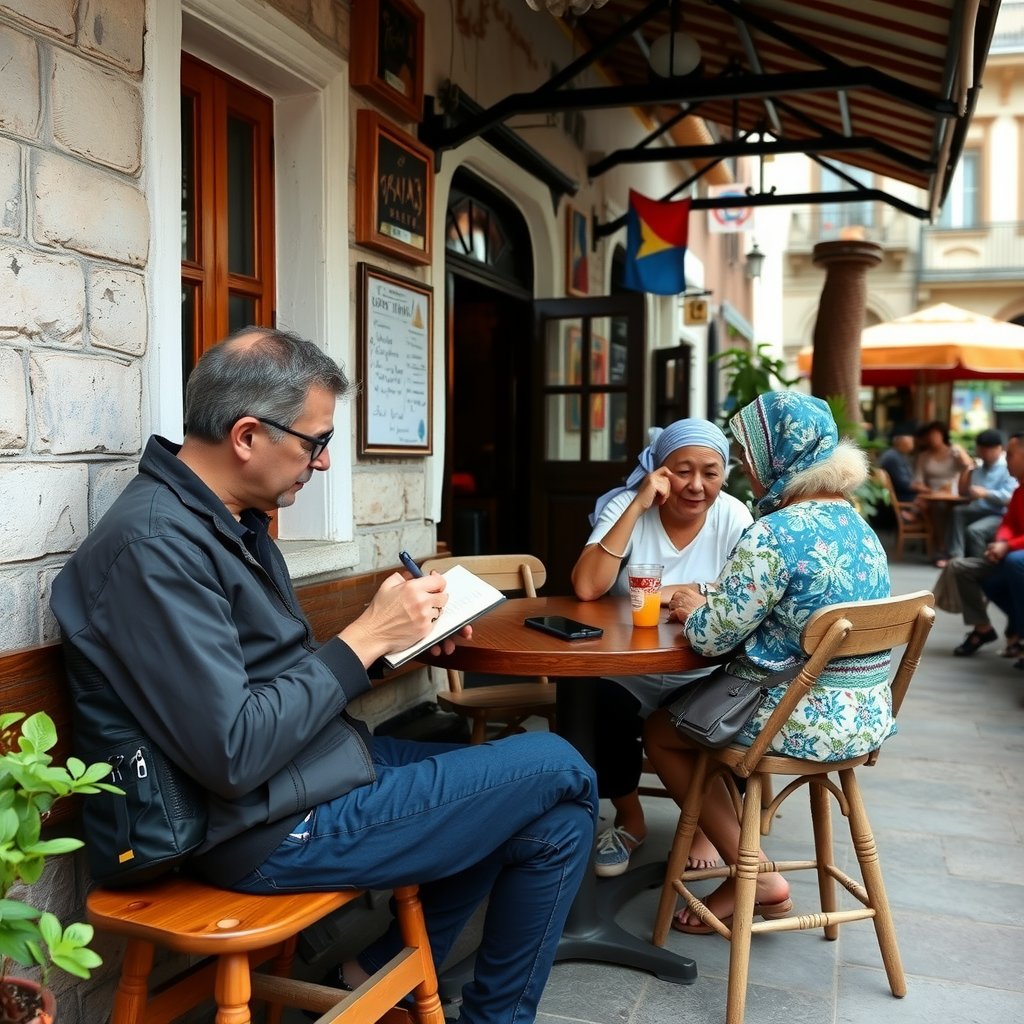
In our fast-paced world, travel has often become a race against time—checking off landmarks, snapping photos, and moving on to the next destination. But what if we told you there's a more enriching way to explore the world? Welcome to the art of slow travel, where the journey becomes as meaningful as the destination itself.
Understanding the Philosophy of Slow Travel
Slow travel isn't just about spending more time in one place—it's a mindset shift that prioritizes depth over breadth. This approach to exploration encourages travelers to immerse themselves fully in local cultures, build genuine connections with communities, and create lasting memories that go beyond surface-level tourism.
The concept emerged as a response to the overwhelming nature of modern tourism, where travelers often return home feeling exhausted rather than enriched. By embracing slow travel principles, you transform from a tourist into a temporary local, gaining insights that rushed itineraries simply cannot provide.
Key Benefits of Slow Travel
- Deeper cultural understanding and authentic experiences
- Reduced travel stress and environmental impact
- Meaningful relationships with local communities
- Better value for money through longer stays
- Personal growth through extended cultural immersion
Practical Tips for Embracing Slow Travel
Choose Your Base Wisely
Select accommodations that allow you to live like a local. Consider renting apartments, staying with host families, or choosing small guesthouses over large hotels. This approach naturally integrates you into neighborhood life and provides opportunities for spontaneous interactions with residents.
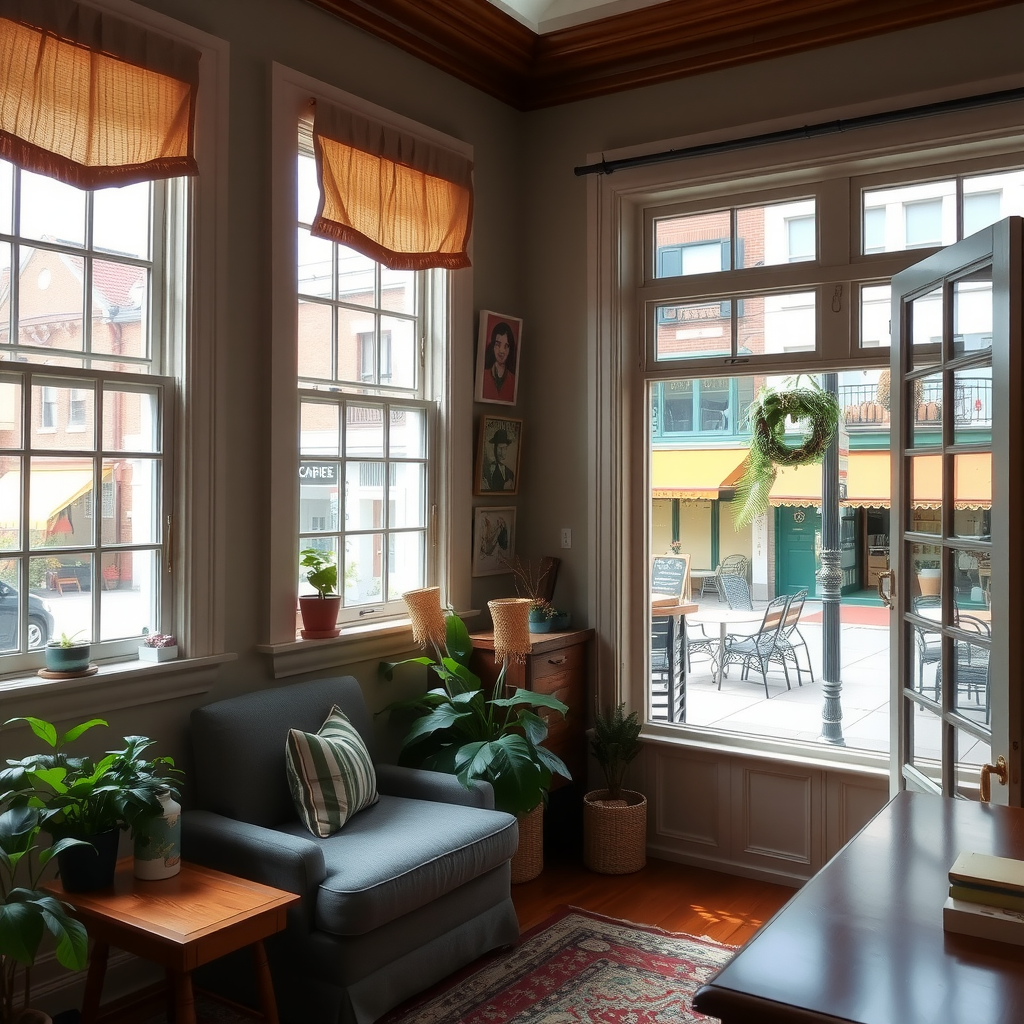
Learn the Language Basics
Even basic language skills open doors to authentic experiences. Spend time before your trip learning essential phrases, and continue practicing during your stay. Locals appreciate the effort and are often more willing to share their culture with visitors who show genuine interest in communication.
Establish Daily Routines
Create routines that mirror local life. Visit the same coffee shop each morning, shop at neighborhood markets, or take evening walks through residential areas. These habits help you become a familiar face in the community and create opportunities for natural conversations and connections.
Building Genuine Connections with Communities
The heart of slow travel lies in human connections. Rather than viewing locals as service providers or photo opportunities, approach them as potential friends and teachers. Show genuine curiosity about their lives, traditions, and perspectives on their homeland.
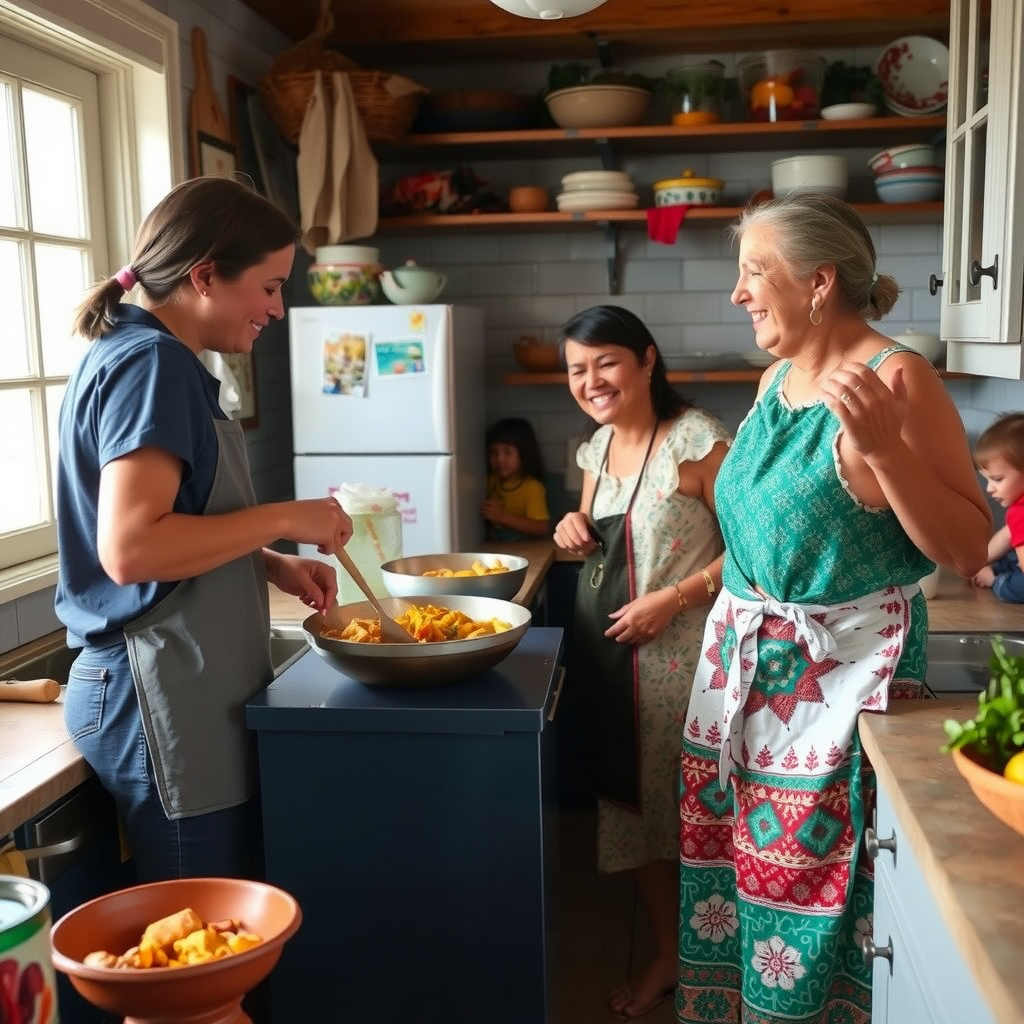
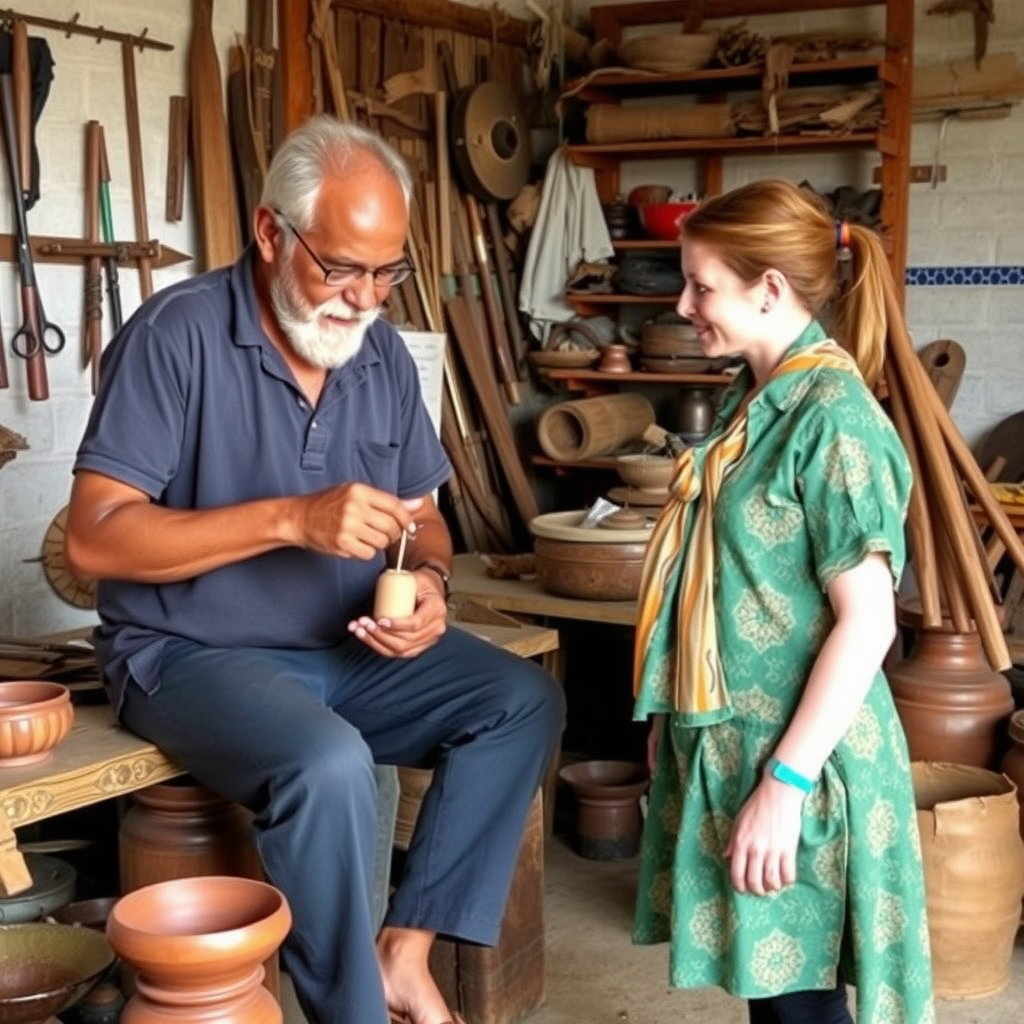
Participate in Community Activities
Look for opportunities to contribute to local communities. Volunteer at community centers, participate in cultural festivals, or join local clubs and activities. These experiences provide mutual benefits—you gain authentic insights while offering your skills and perspective to the community.
Support Local Economies Meaningfully
Choose locally-owned businesses, artisan workshops, and family-run restaurants. Your spending decisions become votes for the kind of tourism you want to support. This approach ensures your travel contributes positively to the communities you visit while providing you with more authentic experiences.
Creating Lasting Memories Through Mindful Exploration
Slow travel transforms how you create and preserve memories. Instead of rushing through photo opportunities, you develop deeper appreciation for moments, conversations, and experiences that can't be captured in pictures but remain vivid in your mind for years to come.
Memory-Making Strategies
Keep a detailed travel journal documenting not just what you see, but how experiences make you feel and what you learn about yourself and others. Record conversations, local wisdom, and personal reflections that emerge during quiet moments of observation.
Create rituals around your experiences—perhaps sketching scenes that move you, collecting small meaningful objects, or writing letters to yourself that you'll read years later. These practices deepen your engagement with each moment and create rich, multi-layered memories.
Overcoming Common Slow Travel Challenges
While slow travel offers numerous benefits, it also presents unique challenges. Limited vacation time, budget constraints, and the fear of missing out on famous attractions can make this approach seem impractical. However, with proper planning and mindset adjustments, these obstacles become manageable.
Start small by incorporating slow travel principles into shorter trips. Even a weekend getaway can benefit from a slower pace and deeper local engagement. As you experience the rewards of this approach, you'll naturally find ways to extend and deepen future travels.
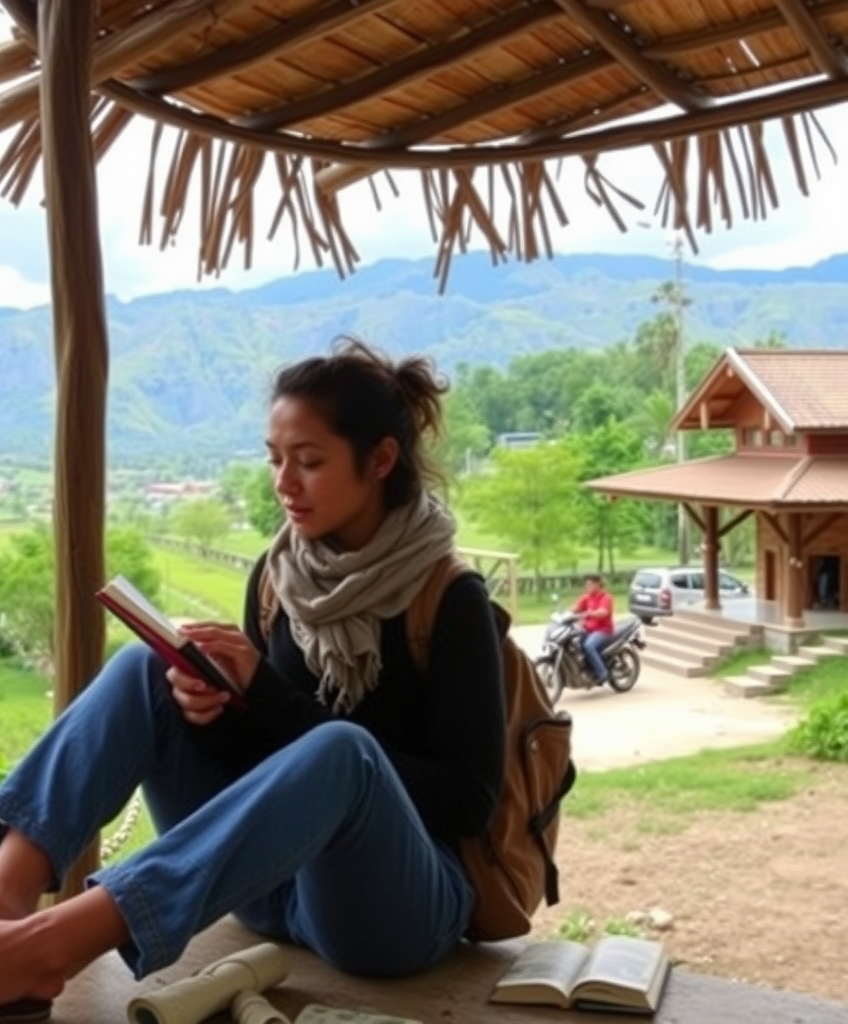
The Transformative Power of Slow Travel
Ultimately, slow travel changes not just how you see the world, but how you see yourself within it. This approach cultivates patience, empathy, and cultural sensitivity while providing perspectives that influence how you live even when you're not traveling.
The relationships you build, the skills you learn, and the worldview you develop through slow travel become permanent parts of your personal growth journey. These experiences create a foundation for lifelong learning and cultural appreciation that extends far beyond any single trip.
"Travel is not about the destination, but about the transformation that happens along the way. When we slow down, we don't just see more—we become more."
As you plan your next adventure, consider embracing the art of slow travel. Allow yourself the luxury of time, the gift of genuine connection, and the opportunity to return home not just with souvenirs, but with a broader perspective on life and a deeper understanding of our shared humanity.
Remember, the world is vast and full of wonders, but the most meaningful discoveries often happen not when we're rushing to see everything, but when we're present enough to truly experience something. In the art of slow travel, less becomes infinitely more.